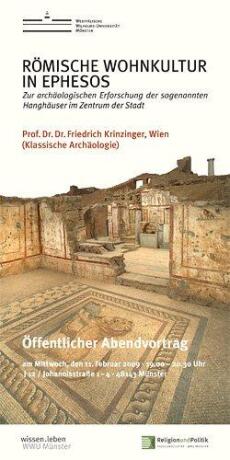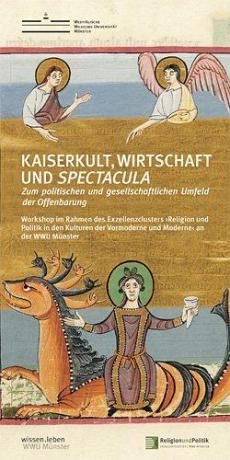(D2) Revelation’s Violent Visions and Spectacles of Violence in the Roman Empire

Anyone who reads the Revelation to John of the New Testament, comes across an enormous potential for violence: the dream that at the end of time each and every one of the unbelievers will be slaughtered and the birds will gorge on their flesh (Rev. 19). The problem horizon “religion and violence” is thus encountered head-on: Is Revelation also an example of the fact that the affirmation of one’s own religious truth leads to a willingness to commit violence against all those who think differently?
In order to pose this question the project plans a culturally-historically mediated historical-critical approach: The texts will be understood from within the situation of their origins in order to elicit their original intention and from thence to critically encounter their reception within their own (church) history. The evaluation of Revelation’s visions of violence is namely strikingly different when the texts are examined against the background of the spectacles of violence in the Roman Empire, that is the animal hunting, scenes of execution, and gladiator contests in the amphitheatres. For here in violent “games” the Roman emperors stage with extreme public effectiveness their own world order: the Emperor as Lord over nature (animal hunting), as guarantor of justice (execution of wrongdoers) and motivator of the Roman system of values (the brave gladiator who looks death in the face has a chance to survive).
Before this background Revelation appears as the literary staging of a counter-world with which the publicly practiced violence of the Roman Empire is to be exposed: instead of exotic animals from conquered lands the representative of Rome himself is slaughtered – in the caricature of the beast (Rev. 13). The propagandised “actor” in the arena is not the gladiator, but the “witness” who stands up for God’s world order at the risk of his life. Altogether Revelation inspires a refusal to participate in the Roman “system” of violence and establishes a new assignment of roles: the use of violence belongs solely to God.
These dramatically shaped inversions will be investigated interdisciplinarily (exegesis/ancient history) and reconnected by means of local history to the archaeology of the amphitheatre in the Roman province of Asia (first and second centuries), the Revelation’s place of origin.


